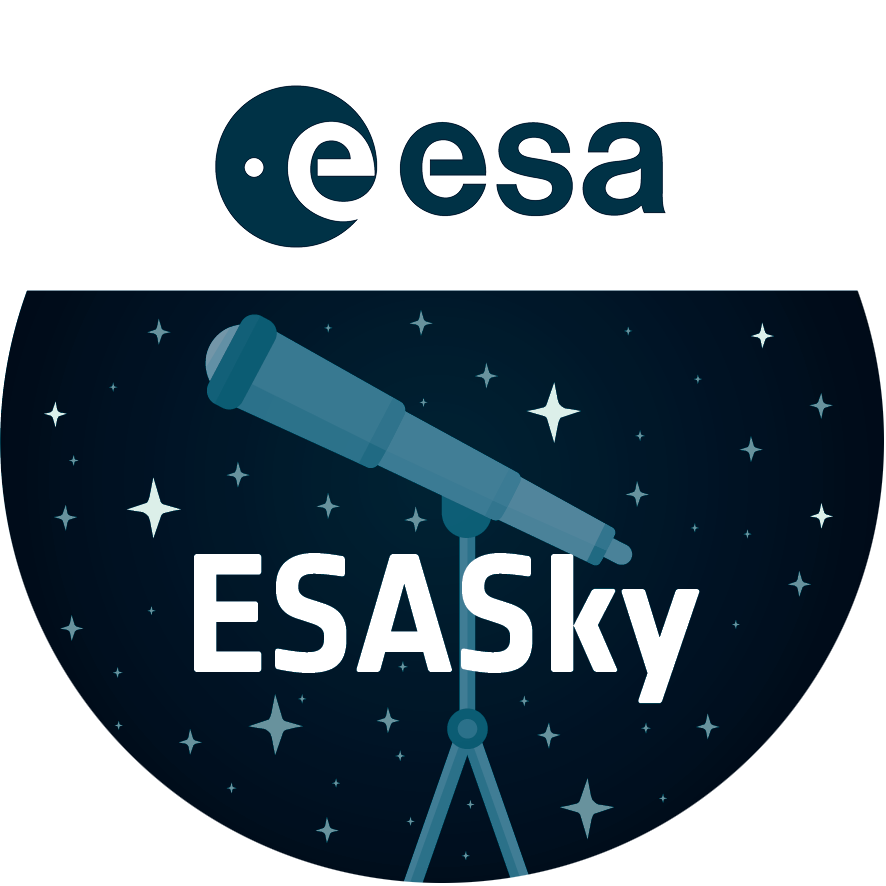Hubble’s view on lensed supernova
The supernova iPTF16geu exploded at a distance corresponding to a time 4.3 billion years ago. It could only be detected because a foreground galaxy lensed the light of the explosion, making it 52 times brighter for observers on Earth. It also caused the supernova to appear in four distinct places on the sky, surrounding the lensing galaxy in the foreground.
Credit:ESA/Hubble, NASA
About the Image
| Id: | heic1710c |
|---|---|
| Type: | Observation |
| Release date: | 20 April 2017, 20:00 |
| Related releases: | heic1710 |
| Size: | 718 x 718 px |
About the Object
| Name: | iPTF16geu |
|---|---|
| Type: | Early Universe : Star : Evolutionary Stage : Supernova |
| Distance: | 4 billion light years |
| Constellation: | Aquarius |
| Category: | Cosmology Stars |
Wallpapers
Coordinates
| Position (RA): | 21 4 16.44 |
|---|---|
| Position (Dec): | -6° 20' 18.02" |
| Field of view: | 0.03 x 0.03 arcminutes |
| Orientation: | North is 46.3° left of vertical |
Colours & filters
| Band | Wavelength | Telescope |
|---|---|---|
| Optical B | 475 nm |
Hubble Space Telescope
WFC3 |
| Optical R | 625 nm |
Hubble Space Telescope
WFC3 |
| Infrared I | 814 nm |
Hubble Space Telescope
WFC3 |


